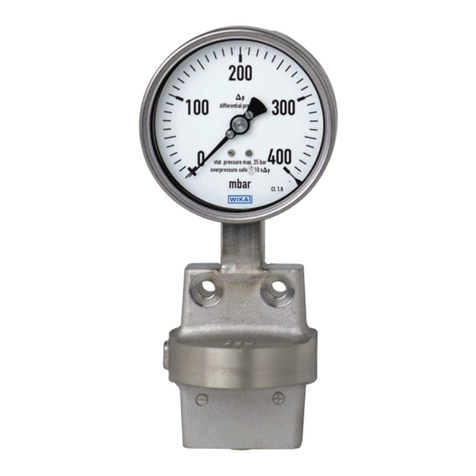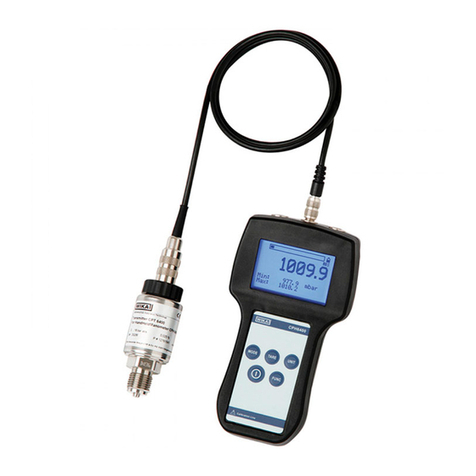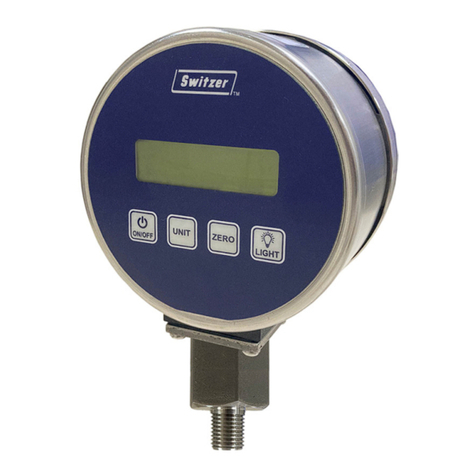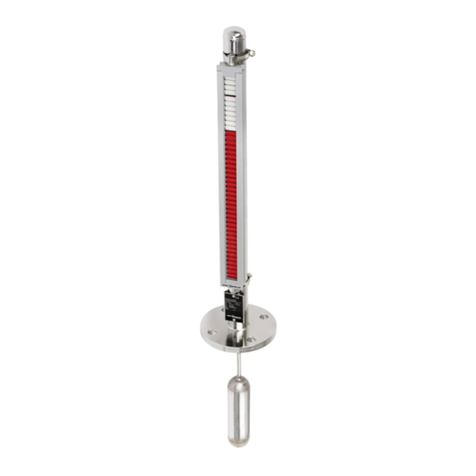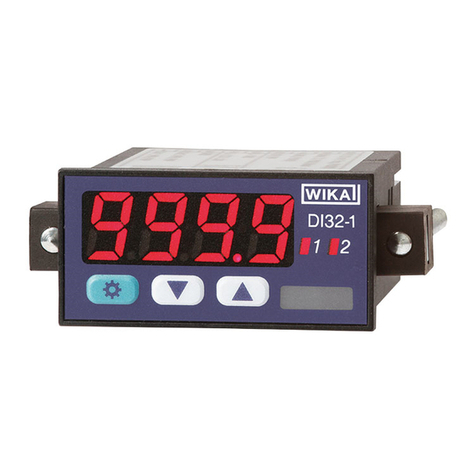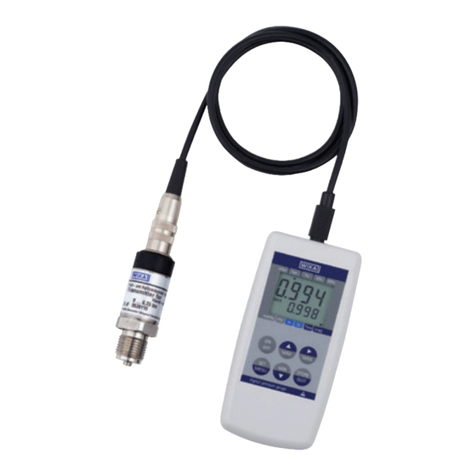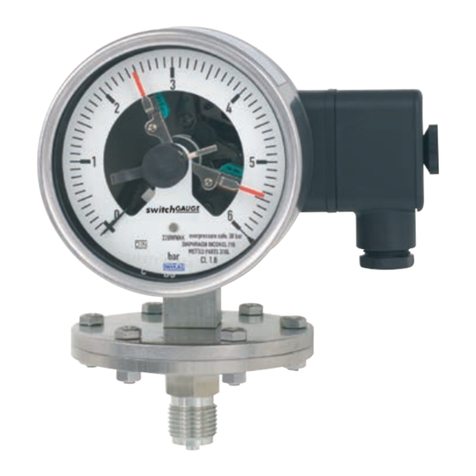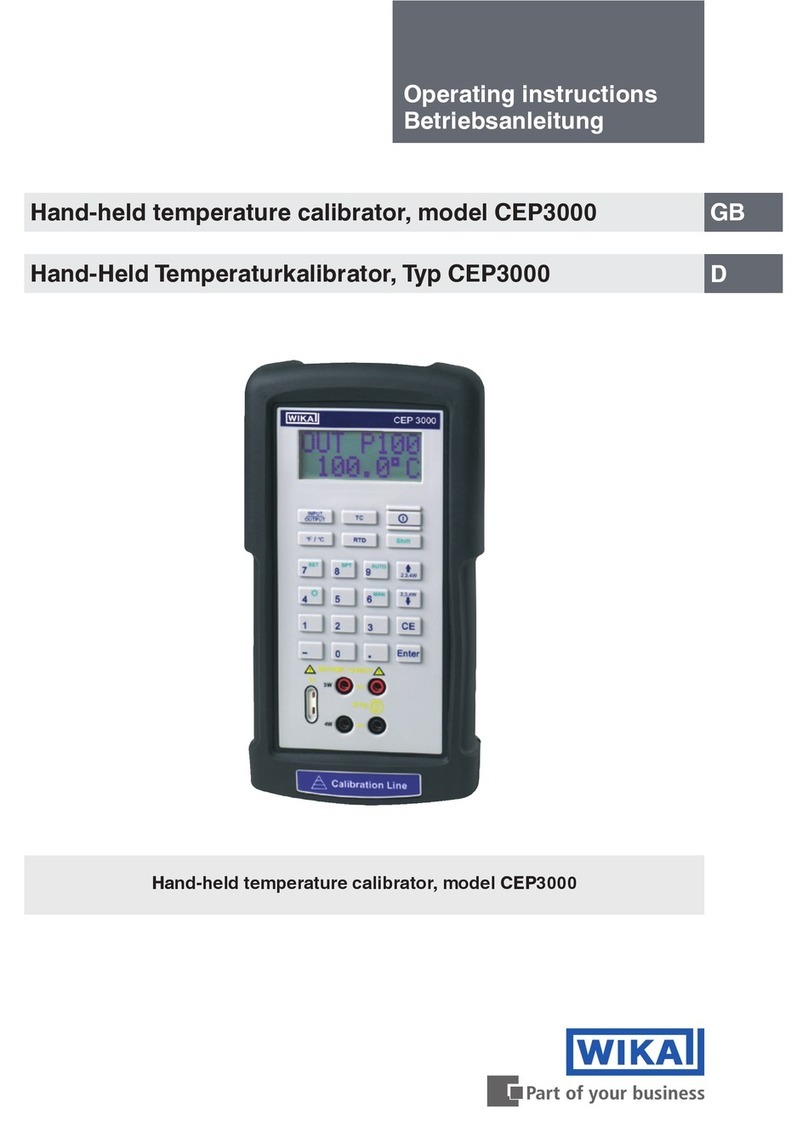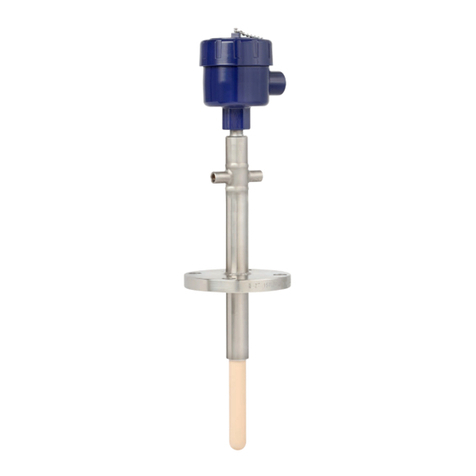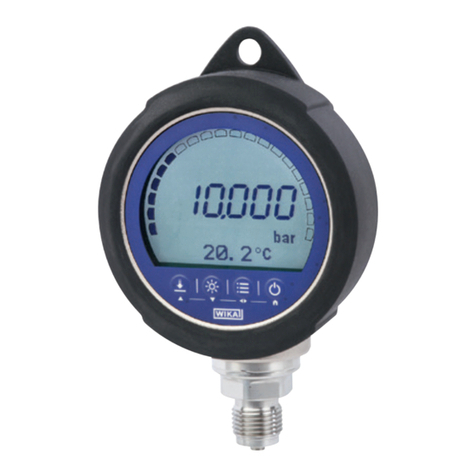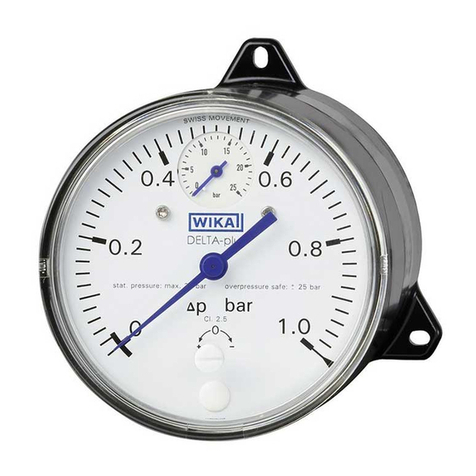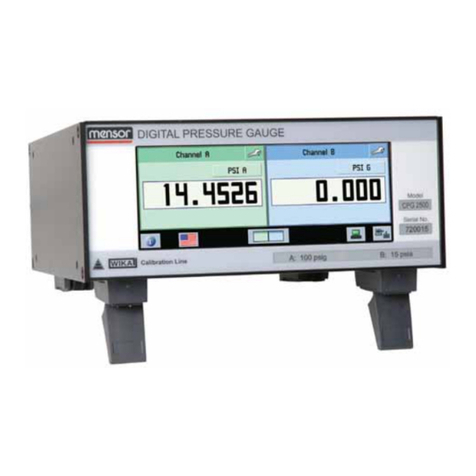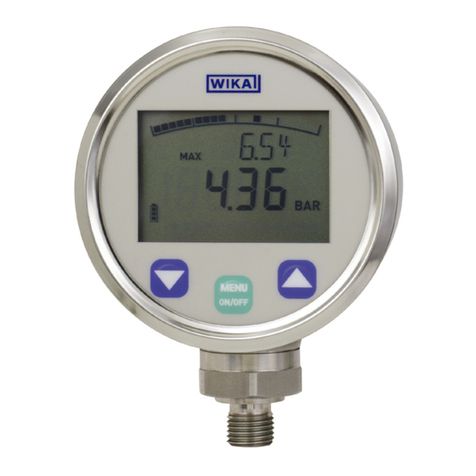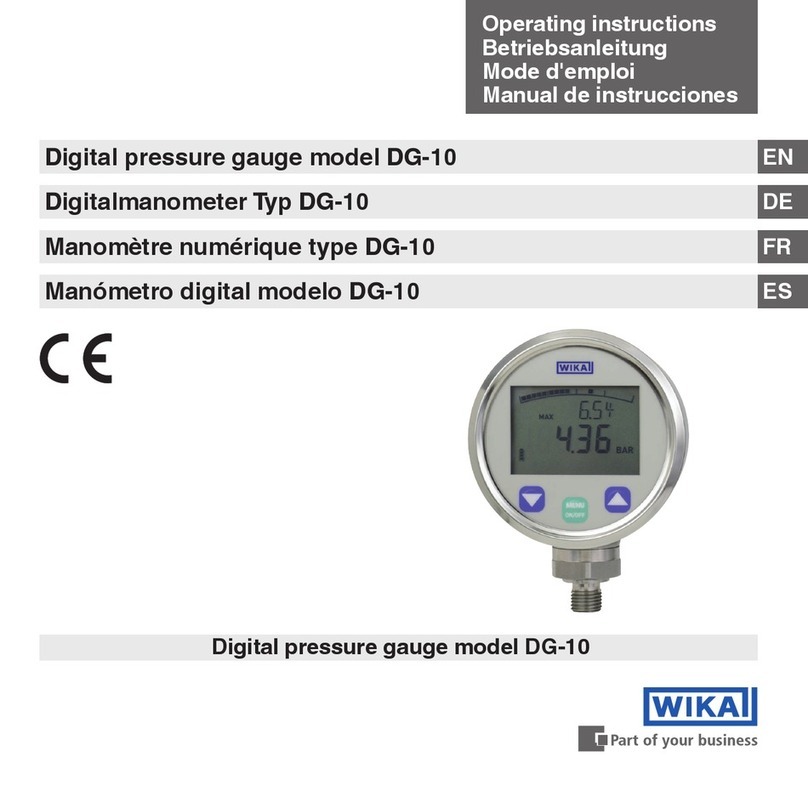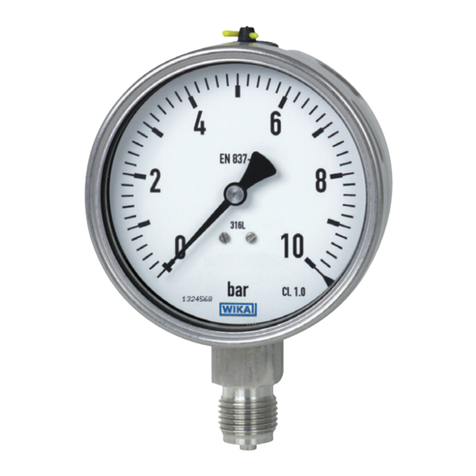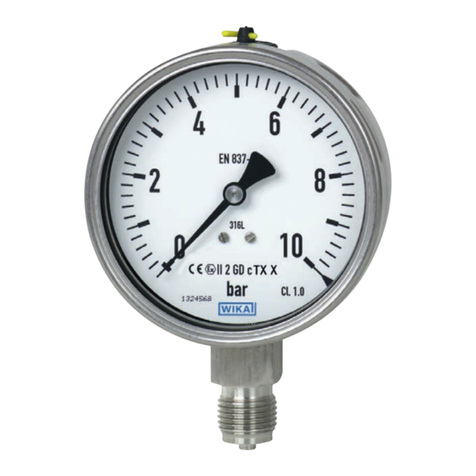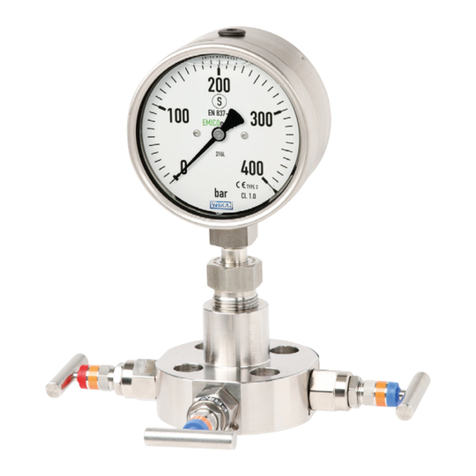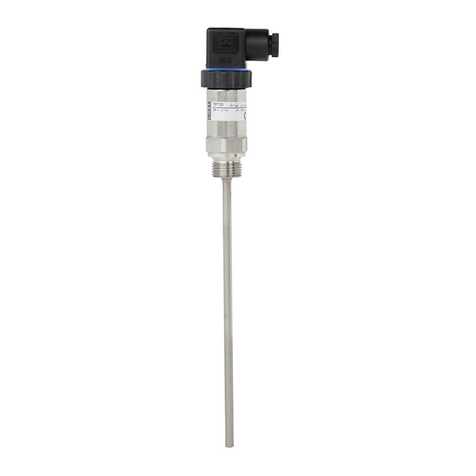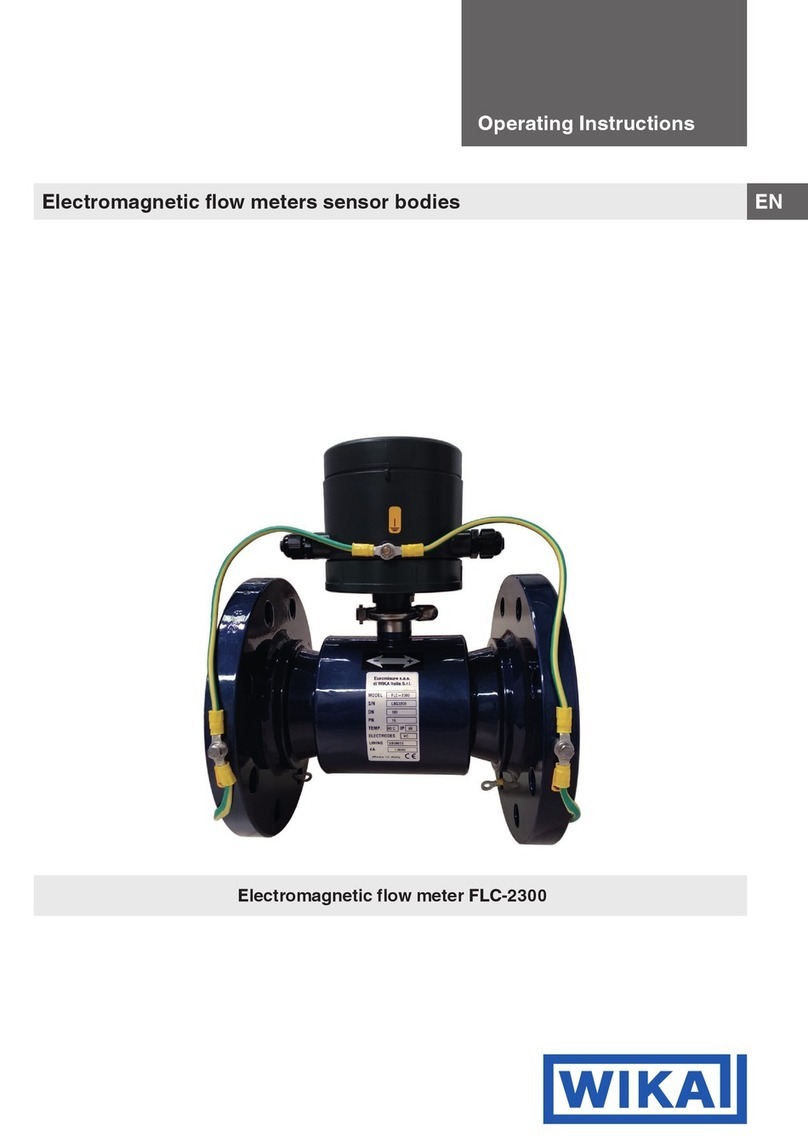General Assembly
CPD8000’s measurement quality and long-term performance are based on 5 main subsets.
1 – The Piston-Cylinder Assembly: The Corner Stone
The role of the piston-cylinder assembly consists in turning
perfectly the pressure into force. The quality of this
transformation mainly depends on an excellent geometry,
but also on a very low sensitivity to external influences.
The Desgranges & Huot’s piston-cylinder assemblies are
manufactured in a special grade of tungsten carbide,
according to techniques which have been permanently
refined for more than 50 years. The manufacturing
tolerances are typically below 0.1 micrometer as far as
straightness, roundness and parallelism are concerned,
which gives them sensitivity, linearity and a repeatability no
other manufacturer in the world can offer. The assemblies
which equip the CPD8000 are absolutely identical to those
used to develop the highest-performance pressure
standards.
Tungsten carbide has the advantage of not being very
easily distorted under temperature and pressure.
Therefore, the piston keeps its metrological qualities
regardless the operating conditions.
A large choice of pressure ranges
DH manufactures 21 piston-cylinder assemblies of different
area (6 for the CPD8000-A, 15 for the CPD8000-G) , each
of them offering a different measuring range.
In order to increase the ease of use, each nominal areas
has been designed in order that the piston-cylinder
assembly has a simple conversion coefficient of pressure
into mass called Kn, so that a Kn bar pressure is converted
in 1 kg.
2 – The Measuring Head: An Essential Role
The measuring head is aimed at containing, operating and
protecting the piston-cylinder assembly.
It is fitted with the new motorised rotating system which
ensures the centring by rotation of the piston in its cylinder
so that the force transmitted to the measuring force cell by
the pressure is perfectly and fully vertical then without
alteration. It has been created to make sure that the
rotating noises be less important than the sensitivity of both
the piston and measuring cell.
It is equipped with a 4-wire platinum resistance
thermometer allowing the most accurate measurement of
the piston-cylinder assembly temperature.
The measuring head is coupled with the measuring force
cell by 3 screws and can be dismantled in a few seconds.
It is possible to combine a measuring force cell with several
measuring heads, each of which being fitted with a piston-
cylinder assembly of different Kn to meet various
application fields.
3 – The Measuring Cell: A Force Transferring Function
The electronic measuring force cell has been developed for
the high accurate manufacturing of mass comparators.
It uses the MONOBLOC technology manufactured by
electro erosion; this technology reflects latest innovations
realised in mechanics, electronic, computer science and
opto-electronic.
The concept of MONOBLOC eliminates all the complicated
mechanical links fit in a force sensor, due to the
substitution of the 90 assembly spares found in a traditional
load cell by only one part.
The measuring force cell is associated with an Auto
Calibrating Function (see further) which enables to apply to
it, easily and whenever it is necessary, a reference force
that is equivalent to the product of the mass multiplied by
the local acceleration of the gravity (F = M x g) in order to
recalibrate it.
Consequently, the measuring cell is not used as a force
measuring instrument but as a comparator between the
reference force created by the mass when the calibration
takes place and the force which is exerted by the piston
during the pressure measurements. The measuring force
cell is thus exclusively used for its short-term repeatability.
Page 3 of 8 Desgranges & Huot WIKA Data Sheet CPD8000 04/2012
Measuring
force cell
and
vacuum
chamber












